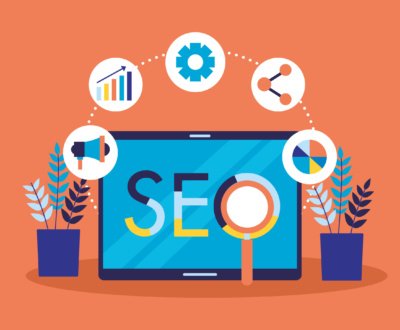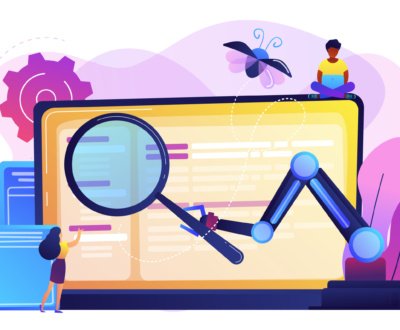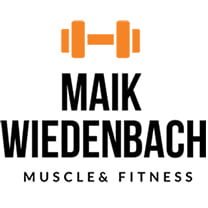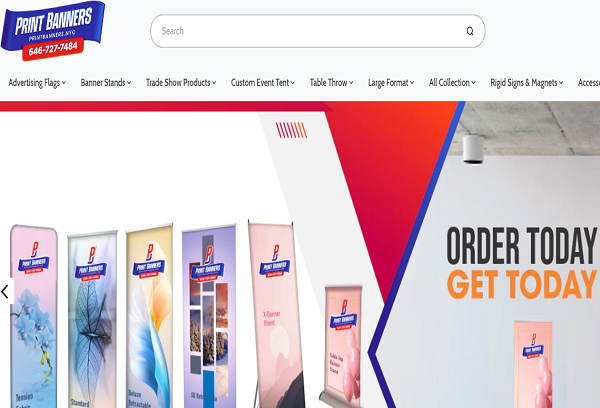Why Semantic HTML Matters for SEO and AI
- August 13, 2025
- SEO
In the ever-evolving landscape of digital marketing and web development, one foundational element remains critical yet often overlooked: semantic HTML. Understanding and properly using semantic HTML can dramatically improve your website’s SEO performance, enhance AI visibility, and create a better-structured web experience for both users and search engines.
What is Semantic HTML?
Semantic HTML is the use of HTML tags that convey the meaning and structure of web content. Instead of just displaying content, semantic tags help browsers—and more importantly, search engines and AI—understand what each part of a webpage represents.
For example:
- <p> defines a paragraph
- <h1> marks the main headline
- <ol> indicates an ordered list
- <img> embeds an image
This meaningful markup helps machines recognize the purpose of your content at a glance.
Why Has Semantic HTML Lost Ground?
With the rise of WYSIWYG editors and JavaScript frameworks, many websites started relying heavily on generic <div> and <span> tags. These tags offer no inherent meaning, just a container for styling or scripts. The downside? Search engines and AI can’t easily interpret the structure or significance of the content until the page fully renders in a browser—something not all systems do efficiently.
The SEO Impact of Semantic HTML
Google, for example, invests heavily in rendering pages to understand them but still depends largely on the raw HTML for quick indexing, especially for time-sensitive content like news. Proper use of semantic HTML:
- Helps Google extract and rank your content correctly
- Signals the primary headline with <h1> (which should only be used once per page)
- Clarifies the page’s sections, making crawling and indexing more effective
Key Semantic HTML Tags You Should Use
Here are some essential semantic tags that improve your content’s clarity and SEO:
- Paragraphs: Use <p> tags instead of <div> or <span> for text blocks.
- Headings: Structure your content with <h2>, <h3>, and <h4> for subheadings.
- Images: Always use <img> tags so Google can recognize your images.
- Links: Use <a href=””> for clickable links, ensuring Google follows them.
- Lists: Use <ul> for bullet points and <ol> for numbered lists.
- Emphasis: Use <em> for italics and <strong> for bold text to highlight important points.
For structural layout:
- <header> for the page header (logo, navigation)
- <nav> for site navigation menus
- <section> to divide your page into meaningful parts
- <article> for the main article content
- <aside> for sidebars or related content
- <footer> for the page footer
These tags help search engines and AI understand your page’s layout and hierarchy.
Semantic HTML and AI: Why It Matters
Large Language Models (LLMs) like ChatGPT crawl the web for training and real-time answers but don’t render JavaScript. This means they rely on raw HTML to parse content. Well-structured semantic HTML makes it easier for AI to identify the core content on your pages, increasing your chances of being cited or ranked highly in AI-driven search results.
Semantic tags also reduce confusion for AI-driven web agents that perform tasks on your site. For example, properly marked buttons, forms, and links improve the accuracy and success of AI interactions.
Don’t Forget Structured Data!
Structured data (like schema markup) complements semantic HTML by providing machine-readable context about your content. However, structured data alone can’t replace the need for semantic HTML. Together, they form a powerful duo that improves both SEO and AI understanding.
Final Thoughts: Build Websites, Not Just Web Apps
While modern web apps offer dynamic experiences, content-heavy sites like blogs or news portals benefit greatly from semantic HTML. Building on solid HTML foundations avoids common SEO pitfalls and ensures your content is accessible, understandable, and rank-worthy.
At Earn SEO, our team of expert SEO consultants in New York understands the importance of semantic HTML in driving higher rankings, improving AI visibility, and ensuring your site structure is search-engine friendly. We specialize in building websites that not only look great but are optimized from the code up for maximum performance. Let us help you structure your site for both people and search engines—so you get found faster and ranked higher.
Earn SEO was established in 2011 by Devendra Mishra, a highly educated professional with varied training and experience. Mr. Mishra is responsible for business development, attracting new Earn SEO partners, and interacting with clients, the media and press, and acting as Brand Ambassador.
Devendra Mishra
Founder






































